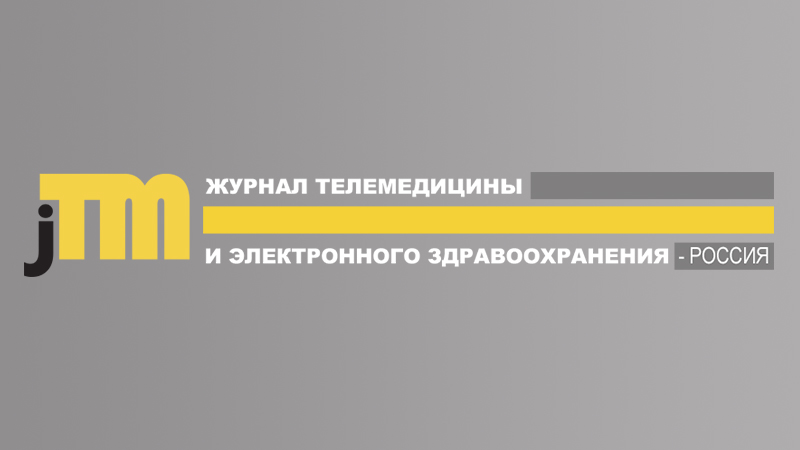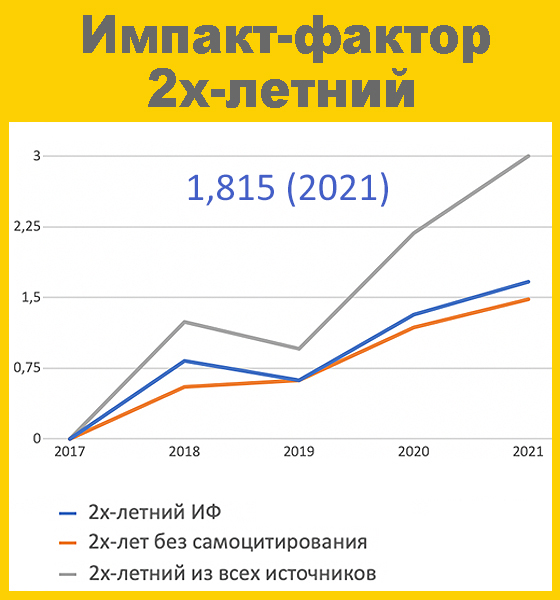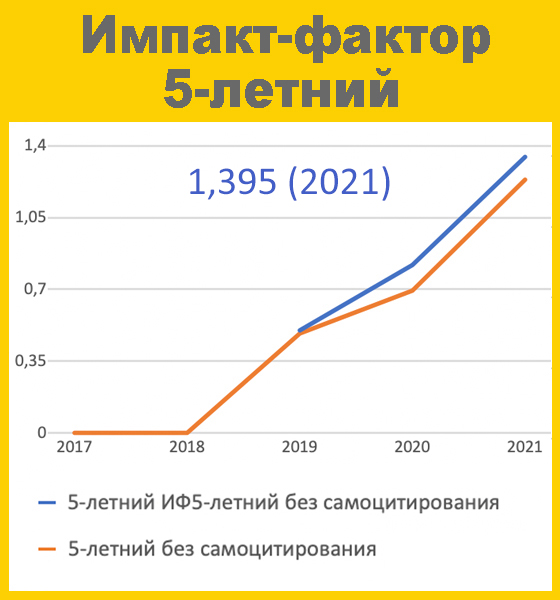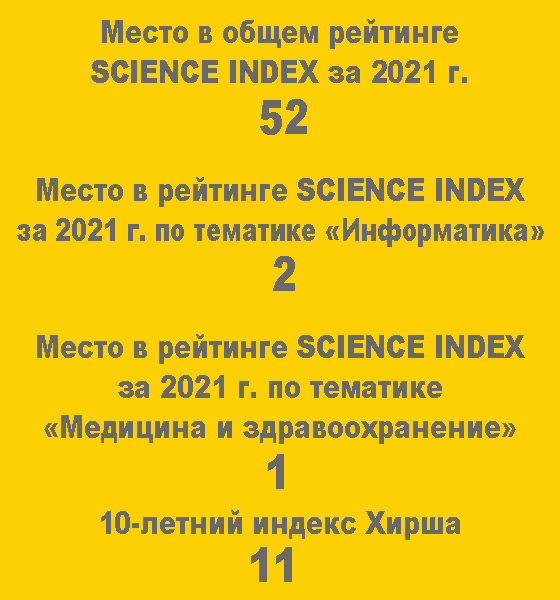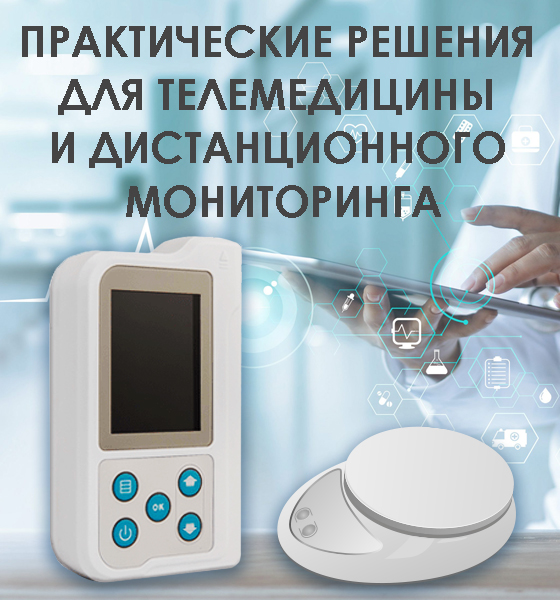Telemonitoring Home Program in Patients withCystic Fibrosis: Results after 10 Years S. Bella, F. Murgia, F. Bianciardi, A. Carestia
 2498
2498 We studied the effect of Telehomecare (THC) in a group of Cystic Fibrosis (CF) patients. Fev1 was monitored at home, in the aim to early recognize the relapses of pulmonary infections. Data obtained with Spirotel® instrumentation were collected from 2010 to 2014. The study has involved 16 patients (11 female, 5 male ) affected by CF, followed at our Unit with THC in addition to the usual therapeutic protocol, for a period of 4,5 years. As controls, the study has involved 16 patients affected by CF treated at our Unit (9 female, 7 male) for the same period, with similar characteristics of age, degree of pulmonary involvement, bacterial colonization and O2 dependency. The annual mean values of Fev1 were calculated in both groups.
Results show a statistically significant improved outcome in THC patients toward controls (p=0,002). The trend of both quantitative and qualitative parameters of our work is positive. The data are encouraging with regard to the possible role of Telemedicine in the organization of homecare of chronic diseases. In the current state, however, reliable data on the long-term effectiveness of the use of Telehomecare in CF are lacking. Data on the real long-term effectiveness of the use of Telehomecare in CF can only be obtained through a multicentric study, for which appear the time to be ripe to format.
| Attachment | Size |
|---|---|
| Download | 610.57 KB |































